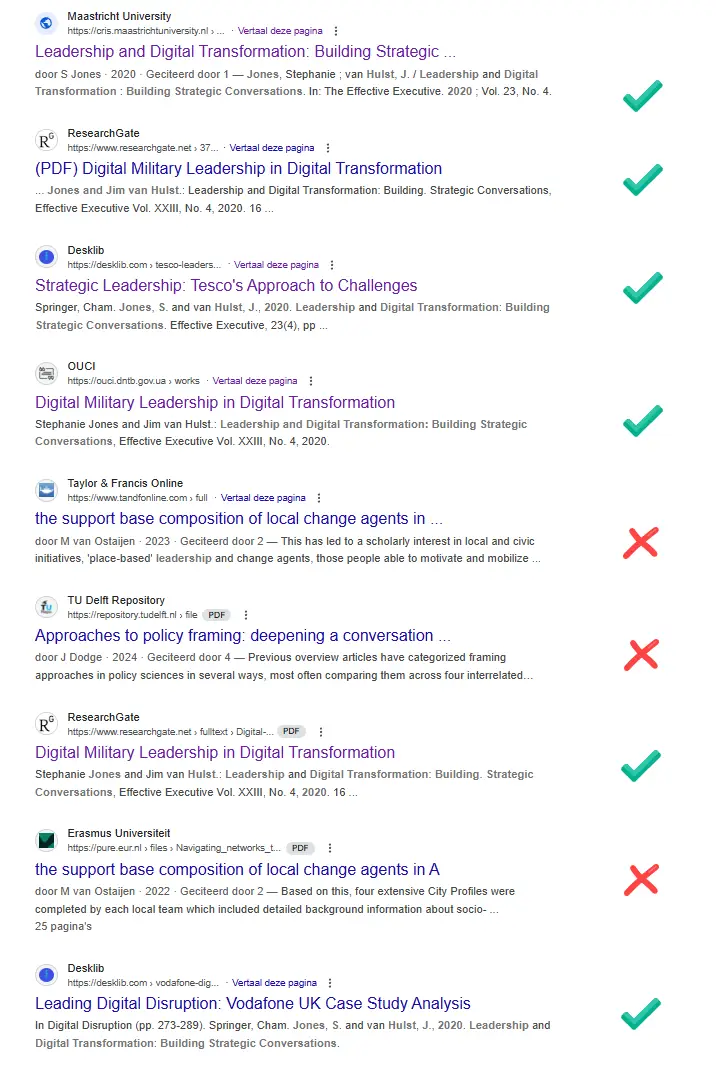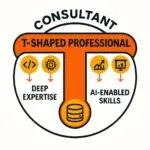When The Story Suddenly Changes
Introduction
Sometimes you walk out of a meeting convinced that you have just landed the assignment.
The energy feels right, everyone nods, and the discussion ends with clear enthusiasm. You leave the room already thinking about the next steps, who to involve, what to prepare, and how to deliver value quickly. For a moment, everything seems to line up perfectly. And then, a few days later, an unexpected message arrives. It might be an email that starts friendly but ends differently. “We have decided to go in another direction.” You read it once, then again, trying to make sense of it. The tone is polite, the reasoning vague. You sit back for a moment, slightly stunned, wondering what just happened.
The situation
Did you misread the situation? Did you hear what you wanted to hear? Were they not as clear as they seemed, or were you already halfway into the solution before they were even sure about the problem? These moments leave you with that strange feeling of doubt. You start replaying the conversation in your head. You remember the smiles, the nods, the signals that felt positive. And you ask yourself whether the story changed afterwards, or whether it was never really what you thought it was in the first place.
Clarity
In my work with organisations, I have learned that clarity is rarely as solid as we believe. It is not a fixed point. It shifts with context, politics, timing, and even with the mood in the room. People often speak in half-truths without meaning to. They are balancing between what they want, what they can say, and what is still uncertain inside their own organisation. That is why you sometimes walk into a meeting where everyone agrees but walk out of a completely different one a week later. Priorities change. New information appears. Someone higher up takes a different view. And what once seemed like a green light turns out to be only a polite handshake at the starting line.
Do not take it personal
It is easy to take that personally. To think you missed something or that you did not listen carefully enough. But more often than not, it is simply how organisations breathe. They move, they shift, and the story evolves. What was true on Monday may no longer be true by Thursday. The only real safeguard is curiosity. Asking one more question than feels comfortable. Not to prove a point, but to explore what sits beneath the surface. What is driving this request? What makes this important now? Who else is involved in the decision? What could make this change tomorrow? These are not questions that guarantee success, but they keep you connected to reality. They help you read not only the words but the silences between them.
In closing
Over the years I have learned that the moment of surprise — when a conversation suddenly turns, is not necessarily a sign of failure. It is a reminder that we are dealing with people, not processes. And people change their minds, especially when things get complex. So, when the story changes, I try to resist the instinct to close the door or blame myself for misunderstanding. Instead, I take it as a moment to pause, reflect, and prepare better questions for next time. Because real understanding does not come from hearing what people say. It comes from staying curious when the conversation takes a turn you did not expect.







